7 Secrets to Creating a Stunning Living Room with Different Furniture Styles
The living room is the heart of your home. It’s where you relax, entertain, and spend quality time with your loved ones. But how do you create a living room that reflects your personality, style, and taste? How do you mix and match different furniture styles to create a cohesive and harmonious look? How do you avoid the common pitfalls of mismatched, cluttered, or boring living rooms?
In this article, we will reveal the 7 secrets with which you can create your living room with different furniture styles. We will show you how to use color, texture, shape, scale, balance, contrast, and focal point to create a stunning living room that you will love. Whether you prefer a modern, traditional, eclectic, or rustic style, you can use these tips to create your living room with ease and confidence.
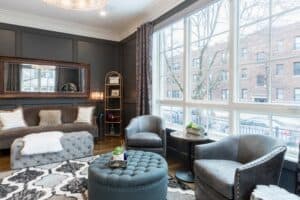
Secret #1: Use Color to Unify Your Living Room
Color is one of the most powerful tools to create your living room with different furniture styles. Color can create mood, atmosphere, and harmony in your space. It can also help you tie together different pieces of furniture that may otherwise clash or look disjointed.
To use color effectively, you need to choose a color scheme that suits your style and preference. You can use a color wheel to help you find complementary, analogous, or triadic colors that work well together. You can also use online tools such as [Coolors] or [Adobe Color] to generate color palettes based on your favorite colors or images.
Once you have your color scheme, you can apply it to your living room in different ways. You can use one dominant color as the base for your walls, floors, and large furniture pieces. Then you can use accent colors for smaller furniture pieces, accessories, pillows, rugs, and curtains. You can also use neutral colors such as white, black, gray, or beige to balance out the bright or dark colors and create some contrast.
Another way to use color is to create zones in your living room. For example, you can use different colors for different functions or areas in your space. You can use a warm color such as red, orange, or yellow for the seating area where you want to create a cozy and inviting vibe. Furthermore, you can use a cool color such as blue, green, or purple for the work or study area where you want to create a calm and focused atmosphere. You can also use a neutral color for the transition or connecting areas where you want to create a smooth and seamless flow.
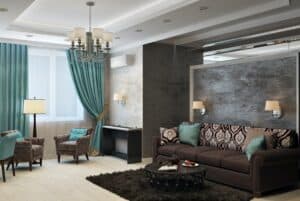
Secret #2: Use Texture to Add Interest and Depth to Your Living Room
Texture is another important element to create your living room with different furniture styles. Texture can add interest and depth to your space by creating visual and tactile variety. It can also help you create contrast and balance between different furniture styles that may have different levels of smoothness or roughness.
To use texture effectively, you need to mix and match different types of textures in your living room. You can use textures such as wood, metal, glass, leather, fabric, fur, wool, cotton, silk, velvet, etc. You can also use textures such as smooth, rough, shiny, matte, soft, hard, etc. Moreover, you may visit this site to check out from a large set of texture paints to help you to create your living room.
The key is to use textures that complement each other and create some contrast. For example, you can pair a smooth leather sofa with a rough wooden coffee table. You can pair a shiny metal lamp with a matte ceramic vase. And you can also pair a soft fur rug with a hard stone fireplace.
You can also use textures to create focal points in your living room. For example, you can use a textured wall art such as a painting, a sculpture, or a tapestry to draw attention to a specific wall. You can use a textured pillow or throw blanket to add some pop to a plain sofa or chair. You can use a textured plant or flower arrangement to add some life and freshness to a dull corner.
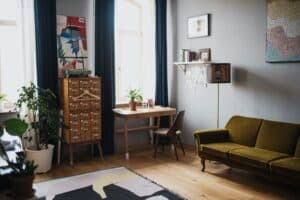
Secret #3: Use Shape to Create Harmony and Variety in Your Living Room
Shape is another essential element to create your living room with different furniture styles. Shape can create harmony and variety in your space by creating visual patterns and rhythms. It can also help you create balance and contrast between different furniture styles that may have different shapes and forms.
To use shape effectively, you need to consider the shape of your living room as well as the shape of your furniture pieces. You need to choose shapes that fit well in your space and complement each other.
One way to use shape is to follow the shape of your living room. For example, if you have a rectangular living room, you can choose rectangular furniture pieces such as sofas, tables, bookcases, etc. You can also use square or circular furniture pieces to break up the rectangular shape and create some variety. You can also use diagonal or curved furniture pieces to create some movement and dynamism.
Another way to use shape is to mix and match different shapes in your living room. For example, you can use geometric shapes such as triangles, squares, circles, etc. to create a modern and minimalist look. You can use organic shapes such as ovals, curves, waves, etc. to create a natural and relaxed look. You can also use abstract shapes such as splashes, swirls, blobs, etc. to create a creative and artistic look.
The key is to use shapes that create some harmony and variety in your space. For example, you can pair a triangular coffee table with a circular sofa. You can pair a square bookcase with an oval rug. You can pair a splash-shaped wall art with a swirl-shaped lamp.
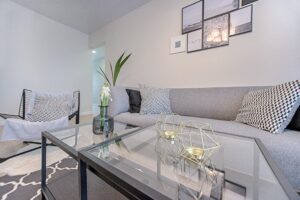
Secret #4: Use Scale to Create Proportion and Balance in Your Living Room
Scale is another crucial element to create your living room with different furniture styles. Scale can create proportion and balance in your space by creating visual weight and hierarchy. It can also help you create contrast and emphasis between different furniture styles that may have different sizes and heights.
To use scale effectively, you need to consider the size of your living room as well as the size of your furniture pieces. You need to choose furniture pieces that are appropriate for your space and create some balance.
One way to use scale is to follow the rule of thirds. The rule of thirds is a design principle that states that you should divide your space into three equal parts horizontally and vertically. Then you should place your furniture pieces along the lines or at the intersections of the grid. This way, you can create a balanced and harmonious composition in your living room.
Another way to use scale is to mix and match different sizes and heights in your living room. For example, you can use large furniture pieces such as sofas, tables, cabinets, etc. to create a sense of stability and solidity. You can use medium furniture pieces such as chairs, stools, ottomans, etc. to create a sense of comfort and coziness. You can use small furniture pieces such as lamps, vases, candles, etc. to create a sense of detail and delicacy.
The key is to use scale that creates some proportion and balance in your space. For example, you can pair a large sofa with a medium coffee table and a small lamp. You can pair a medium chair with a small stool and a large plant. You can pair a small vase with a large painting and a medium rug.
Also Read Top 5 Furniture Brands in USA
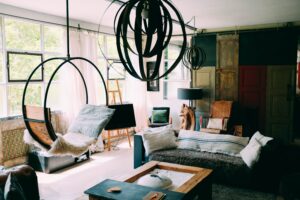
Secret #5: Use Balance to Create Symmetry and Asymmetry in Your Living Room
Balance is another vital element to create your living room with different furniture styles. Balance can create symmetry and asymmetry in your space by creating visual equilibrium and tension. It can also help you create contrast and harmony between different furniture styles that may have different visual weights and directions.
To use balance effectively, you need to consider the distribution of your furniture pieces in your living room. You need to choose furniture pieces that are balanced in terms of weight, color, texture, shape, scale, etc.
One way to use balance is to create symmetry in your living room. Symmetry is when you have two identical or mirror-image halves of your space. Symmetry can create a sense of order, stability, and formality in your living room. It can also create a sense of elegance, sophistication, and classicism.
To create symmetry in your living room, you can use furniture pieces that are identical or similar in size, shape, color, texture, etc. You can also arrange them in a symmetrical way along an axis or a center point. For example, you can place two matching sofas facing each other on either side of a fireplace or a window. You can place two matching lamps on either side of a sofa or a table. You can place two matching paintings on either side of a wall or a door.
Another way to use balance is to create asymmetry in your living room. Asymmetry is when you have two different or contrasting halves of your space. Asymmetry can create a sense of movement, interest, and informality in your living room. It can also create a sense of creativity, originality, and modernism.
To create asymmetry in your living room, you can use furniture pieces that are different or contrasting in size, shape, color, texture, etc. You can also arrange them in an asymmetrical way along an axis or a center point. For example, you can place a large sofa on one side of the room and a small chair on the other side. You can place a bright lamp on one side of the sofa and a dark vase on the other side. You can place an abstract painting on one side of the wall and a geometric sculpture on the other.
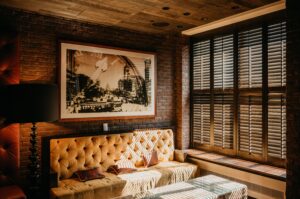
Secret #6: Use Contrast to Create Drama and Interest in Your Living Room
Contrast is another key element to create your living room with different furniture styles. Contrast can create drama and interest in your space by creating visual difference and diversity. It can also help you create emphasis and focus on certain furniture pieces or areas in your living room.
To use contrast effectively, you need to consider the opposites or extremes of your furniture pieces in terms of color, texture, shape, scale, etc. You need to choose furniture pieces that are contrasting or opposite in some way.
One way to use contrast is to use complementary colors in your living room. Complementary colors are colors that are opposite each other on the color wheel, such as red and green, blue and orange, yellow and purple, etc. Complementary colors can create a vibrant and energetic look in your living room. They can also create a strong focal point when used on a single furniture piece or area.
To use complementary colors in your living room, you can use one complementary color as the dominant color for your walls, floors, and large furniture pieces. Then you can use the other complementary color as the accent color for smaller furniture pieces, accessories, pillows, rugs, and curtains. You can also use neutral colors such as white, black, gray, or beige to tone down the intensity of the complementary colors and create some balance.
Another way to use contrast is to use different textures in your living room. Different textures can create a rich and layered look in your living room. They can also create a tactile and sensory experience for you and your guests.
To use different textures in your living room, you can use textures that are opposite or different in some way. For example, you can use smooth and rough textures, shiny and matte textures, soft and hard textures, etc. You can also use textures that are related to different styles or themes. For example, you can use leather and metal for an industrial style, wood and fabric for a rustic style, glass and silk for a glamorous style, etc.
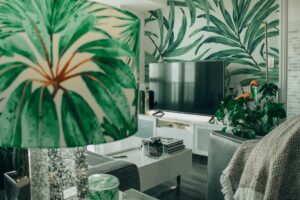
Secret #7: Use Focal Point to Create Direction and Hierarchy in Your Living Room
Focal point is the final element to create your living room with different furniture styles. Focal point can create direction and hierarchy in your space by creating visual attraction and attention. It can also help you create a sense of order and organization in your living room.
To use focal point effectively, you need to consider the most important or interesting furniture piece or area in your living room. You need to choose a furniture piece or area that you want to highlight or showcase in your space.
One way to use focal point is to use a large or unique furniture piece in your living room. A large or unique furniture piece can create a strong impact and impression in your space. It can also create a sense of scale and proportion in your living room.
To use a large or unique furniture piece as a focal point in your living room, you can place it in the center or at the end of your space. You can also place it near a natural source of light such as a window or a skylight. You can also surround it with smaller or simpler furniture pieces to create some contrast and balance.
Another way to use focal point is to use a striking or colorful furniture piece in your living room. A striking or colorful furniture piece can create a lively and cheerful look in your space. It can also create a sense of personality and character in your living room.
To use a striking or colorful furniture piece as a focal point in your living room, you can choose a furniture piece that has a bright or bold color, a pattern or a print, a texture or a shape that stands out from the rest of your furniture pieces. You can also place it near an eye-catching wall art such as a painting, a sculpture, or a mural. You can also pair it with neutral or complementary colors to create some harmony and variety.
So what’s your plan to create your living room?
Creating your living room with different furniture styles is not as hard as it may seem. You just need to follow these 7 secrets: color, texture, shape, scale, balance, contrast, and focal point. By using these elements wisely and creatively, you can create a stunning living room that reflects your style, taste, and personality.
So what are you waiting for? Start creating your living room today with these 7 secrets. You will be amazed by the results! And if you need any help or inspiration along the way, don’t hesitate to contact us at for more tips and ideas on how to create your living room with different furniture styles. We are always happy to help!
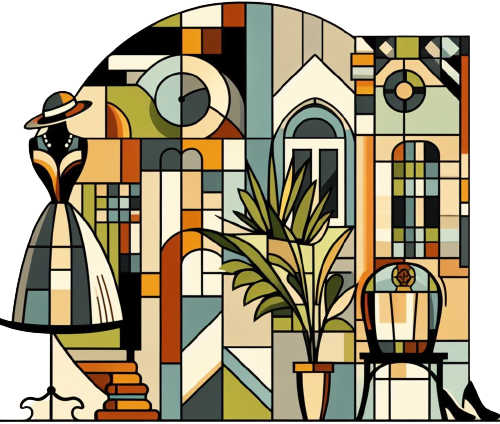
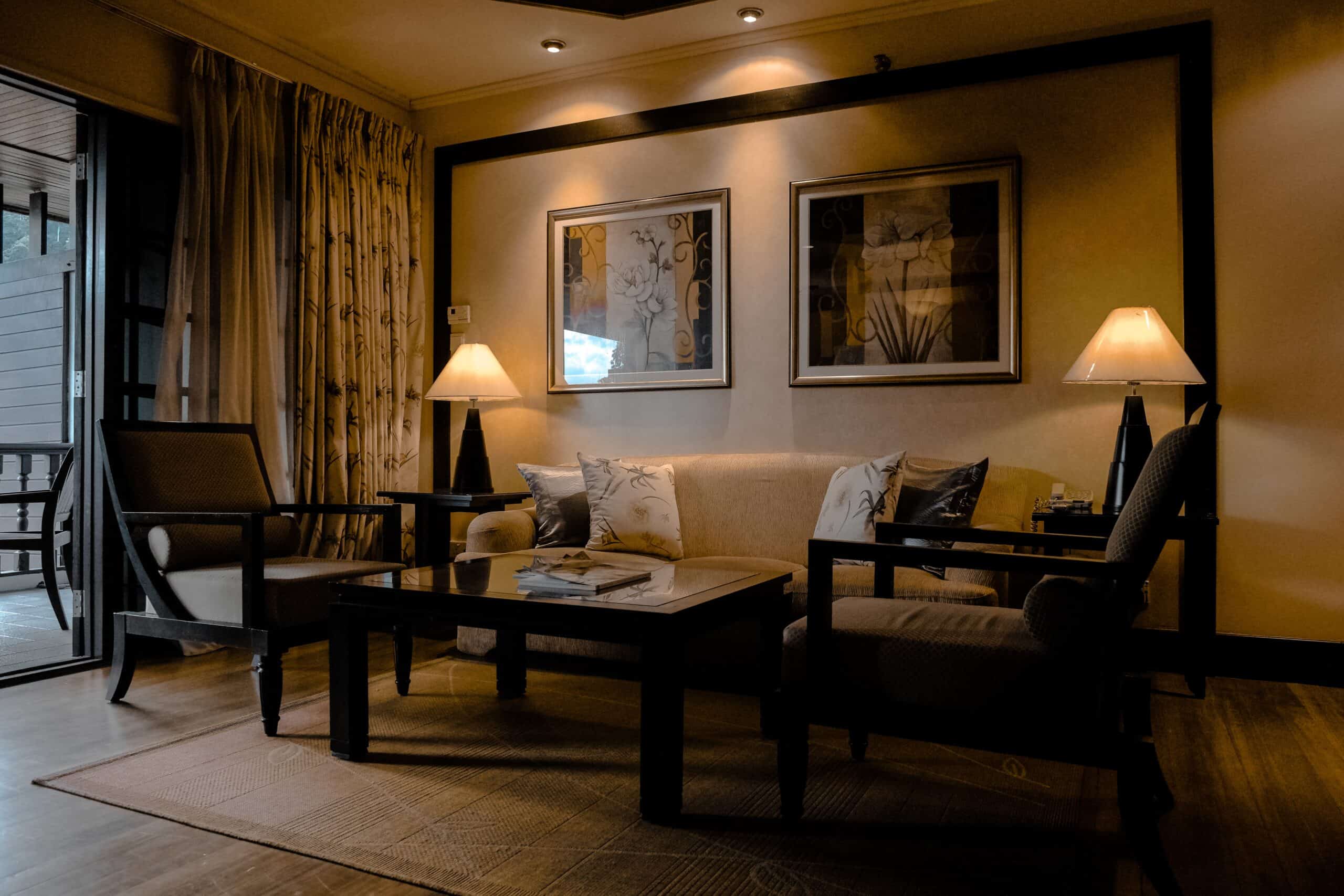




hehehe
veri gud belog pust